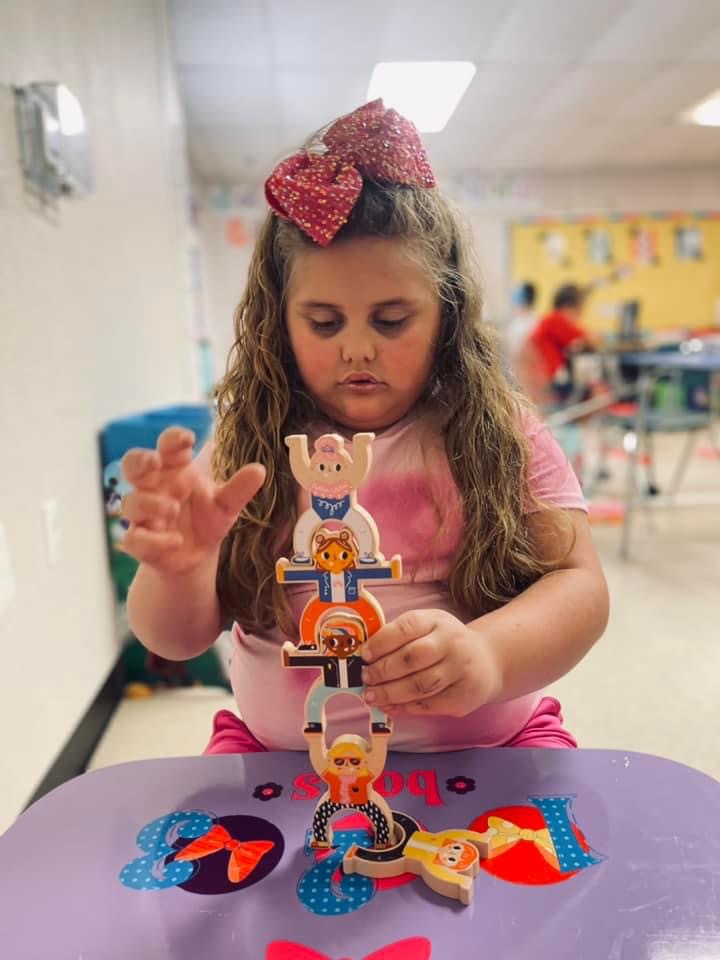Student instruction is based on individual abilities and challenges as identified through evaluations and those needs are addressed through the IEP. Educators will alter the content, process, product and/or learning environment to modify the curriculum in order to improve student achievement. Differentiated instruction, scaffolding instruction and specially designed instruction are all used to close the achievement gap. Lesson plans are designed to address the short term objectives of the student’s IEP based on their readiness levels, interests and learning profiles.
product and/or learning environment to modify the curriculum in order to improve student achievement. Differentiated instruction, scaffolding instruction and specially designed instruction are all used to close the achievement gap. Lesson plans are designed to address the short term objectives of the student’s IEP based on their readiness levels, interests and learning profiles.
The teachers use differentiated instruction to tailor lessons to meet the individual needs of the students. The teachers plan lessons for diverse classroom learners in order to create the best learning experience possible. An example of how differentiating instruction occurs is by using reading materials at varying readability levels, presenting ideas through both auditory and visual means, meeting with small groups to re-teach an idea or skill for struggling learners, or to extend the thinking or skills of advanced learners. By offering manipulatives or other hands-on supports for students who need them, the teachers provide the students with options of how to express themselves by assigning activities geared to different learning styles, interests, and levels of thinking. Teachers also ensure there are places in the room to work quietly and without distraction, as well as places that invite student collaboration.
Through progress monitoring, teachers are able to formatively assess the specific interventions that were provided and adjust instruction and instructional outcomes for both the teacher and the student.

